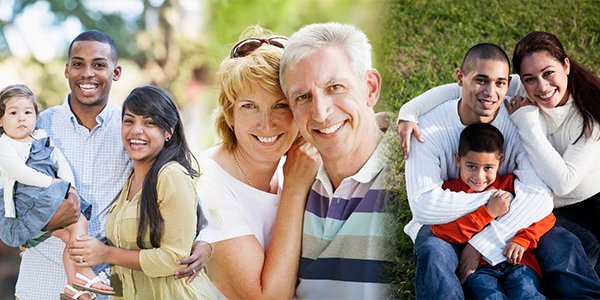The first thing that happens at trial is picking a jury. Once the jury’s picked, attorneys proceed with opening statements. Each side can give the jury an outline of what they expect to happen at the trial and what they expect to prove. Then comes the testimony part of the trial where you and other witnesses testify, depositions of doctors or unavailable witnesses are given to the jury.
The plaintiff gets to present their case first and then the defense gets to present their case. Each witness can be subject to both direct examination and cross examination. After the testimony, attorneys for each side get to give closing arguments to tell the jury their view of the evidence and what the jury should do on their verdict. The judge gives the jury written instructions on what the law is to guide them on the case and then the jury retires to reach a verdict.
The verdict contains questions for the jury to answer. These include who is at fault and how much and how much money should be awarded for various portions of your claim. Once the jury reaches a verdict and all the questions are answered, the jury comes back into the courtroom and the judge will read the verdict in open court


